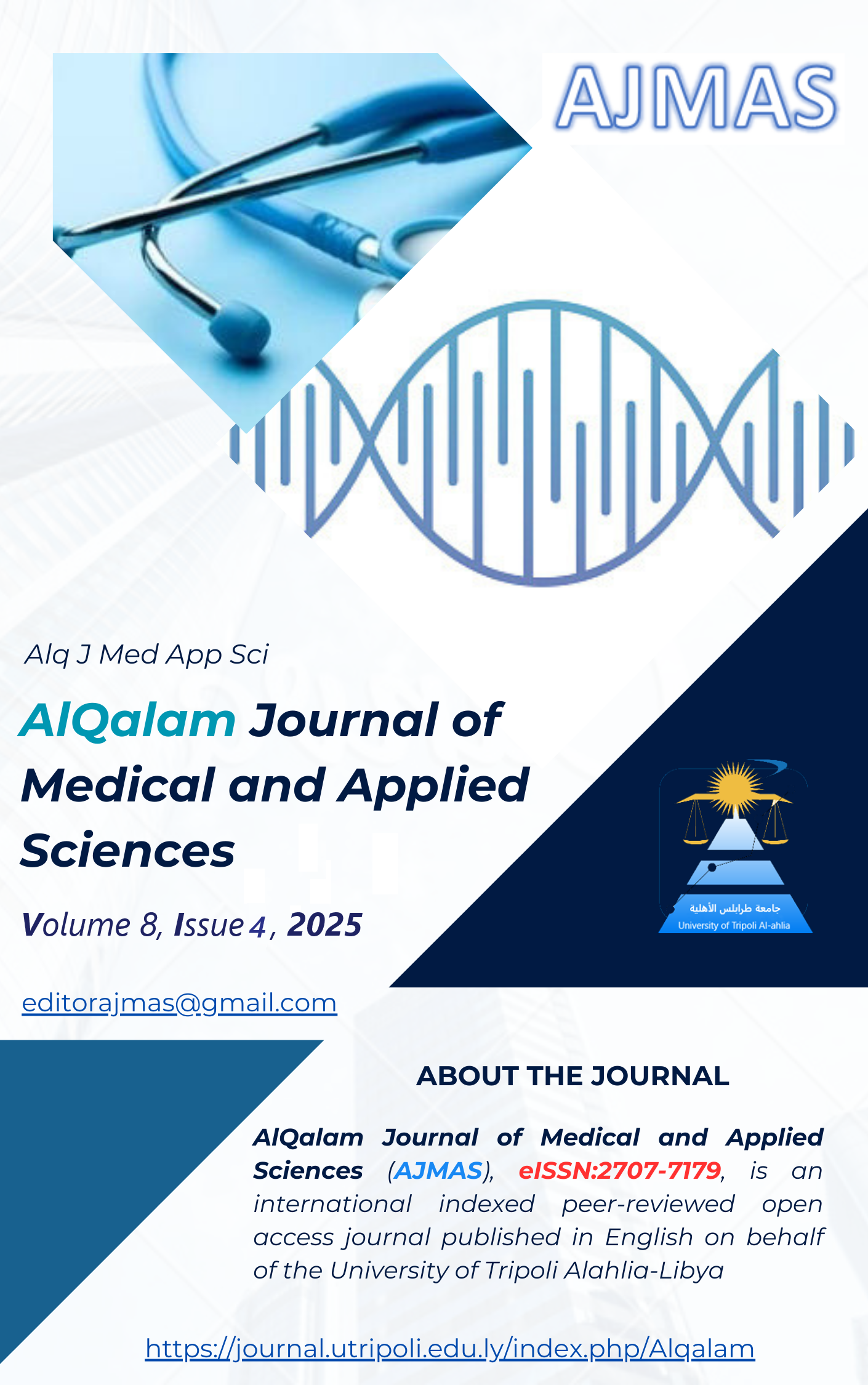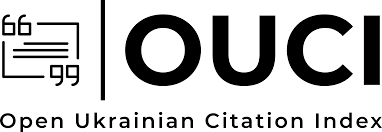Assessment of Natural Radioactivity and Health Risk Indices in Commercial Tea Samples from Libyan Markets Using Gamma-Ray Spectrometry
DOI:
https://doi.org/10.54361/ajmas.258434Keywords:
Natural Radioactivity, Gamma-ray Spectrometry, Tea ImportedAbstract
This study aims to evaluate the concentration of naturally occurring radioactive elements in commercial tea samples available in Libyan markets using gamma-ray spectrometry. Twelve different tea brands were analyzed to determine the levels of Uranium-238 (U-238), Thorium-232 (Th-232), and Potassium-40 (K-40). The average activity concentrations for each of the examined samples. The levels of the detected elements were as follows: (7.07 - 54.74), (2.14 - 31.42), (12.74 - 50.95), and (63.48 - 156.12 Bq kg-1) for 226Ra, 238U, 232Th, and 40K, respectively. The results of the specific activity concentrations of radionuclides 226Ra and 40K for all tea samples are lower than the world recommended values 50 and 15 Bqkg- 1, respectively. But the higher value of activity concentration of 238U and 232Th for most samples under investigation was lower than the internationally recommended value of 20 and 420 Bq kg-1. The results showed varying concentrations across samples, but all were within internationally accepted safety limits, indicating no significant radiological health risk from consuming these products. The results revealed that the differences in the radioactive levels in the studied tea samples were mainly attributed to many reasons as the use of pesticides, water irrigation, type of soil around the collections of tea samples
Downloads
Published
How to Cite
Issue
Section
License
Copyright (c) 2025 Hamad Hasan, Adel Abdulalah, Marwa Khalifa, Mounera Saleh

This work is licensed under a Creative Commons Attribution 4.0 International License.















